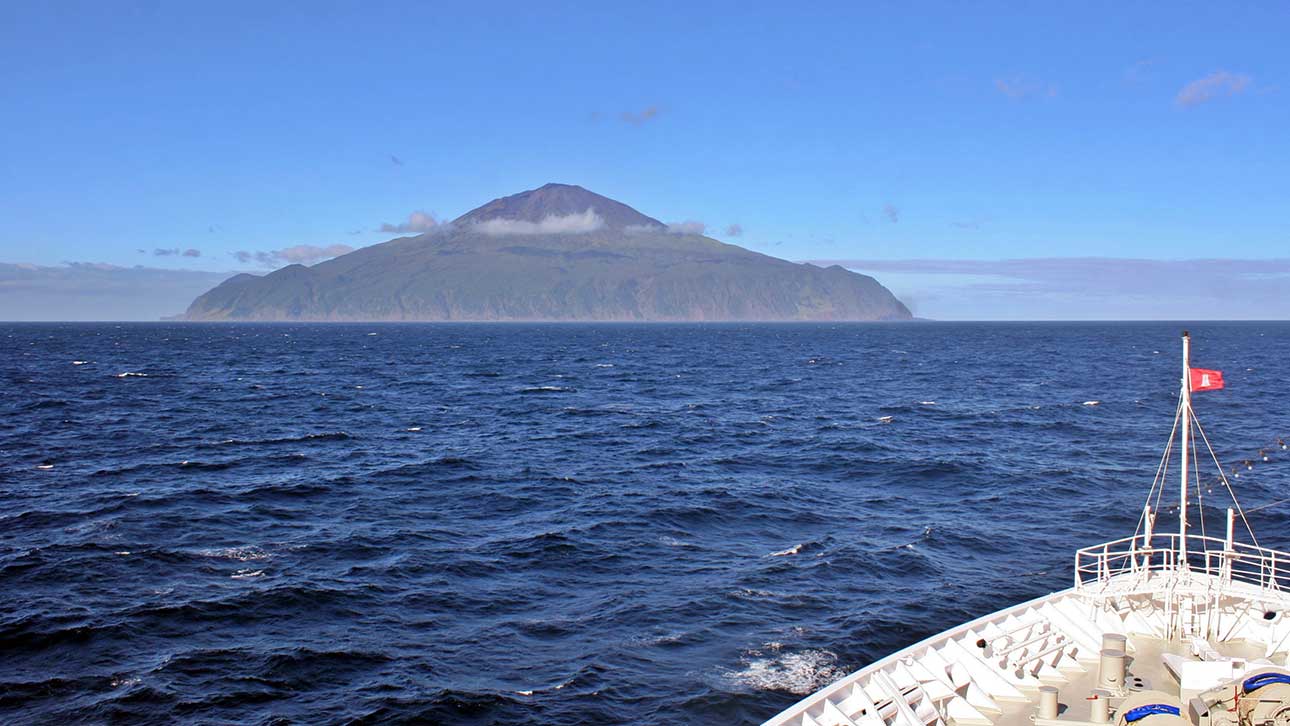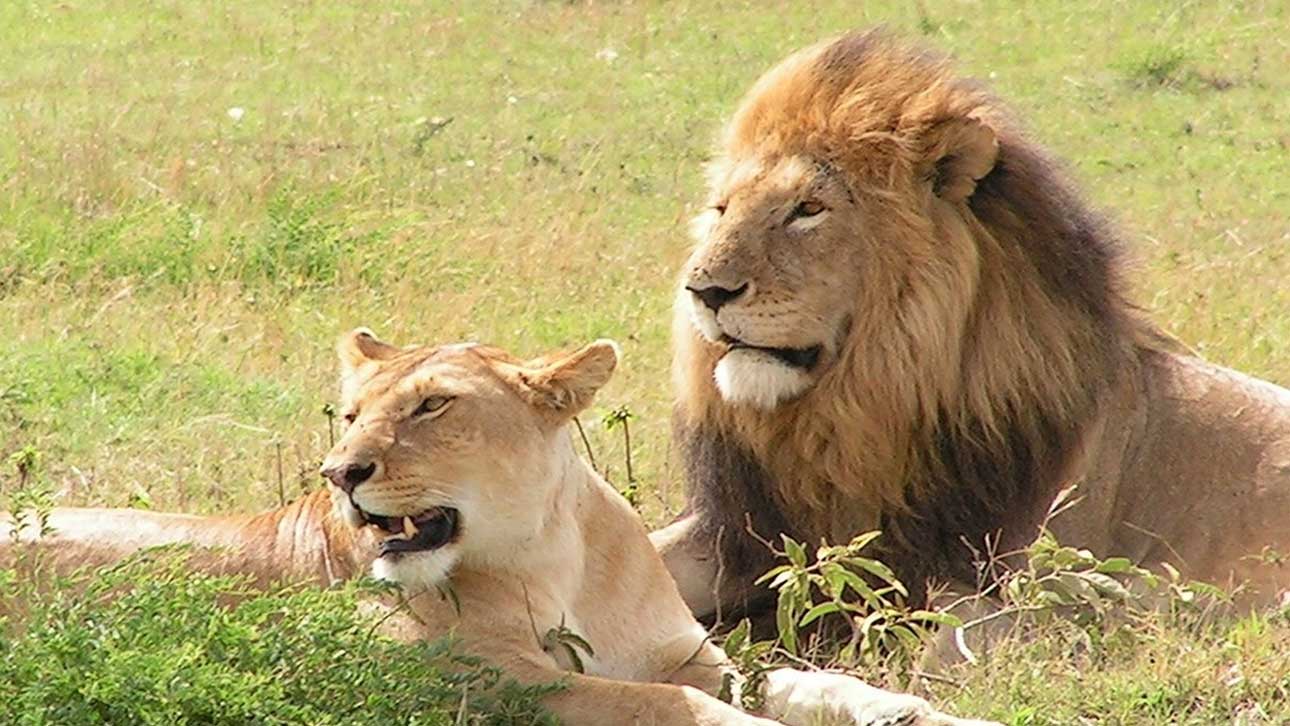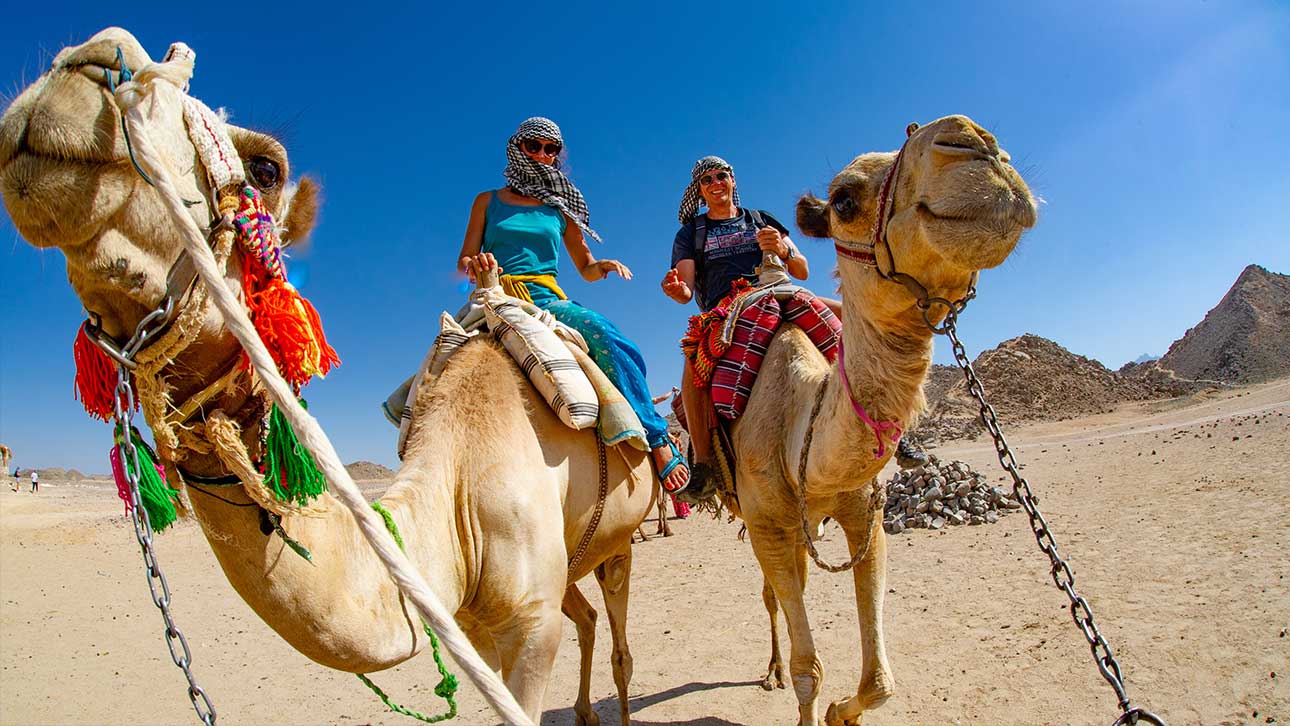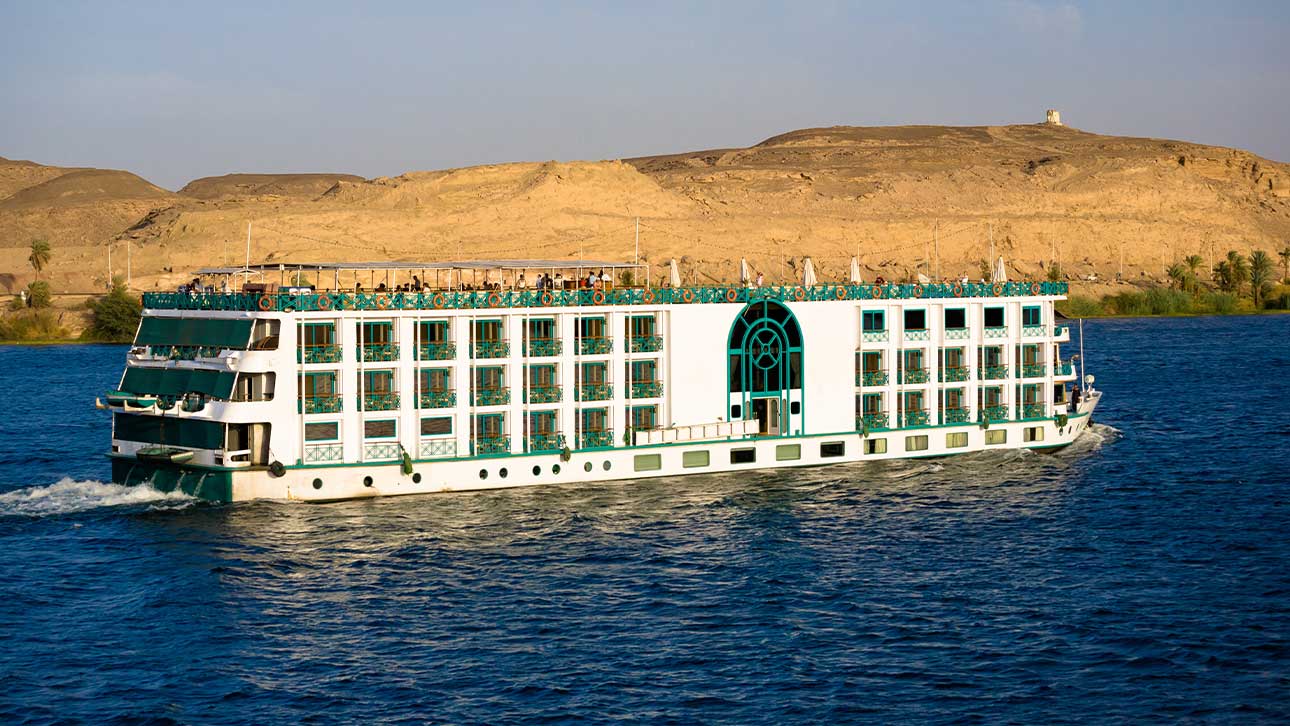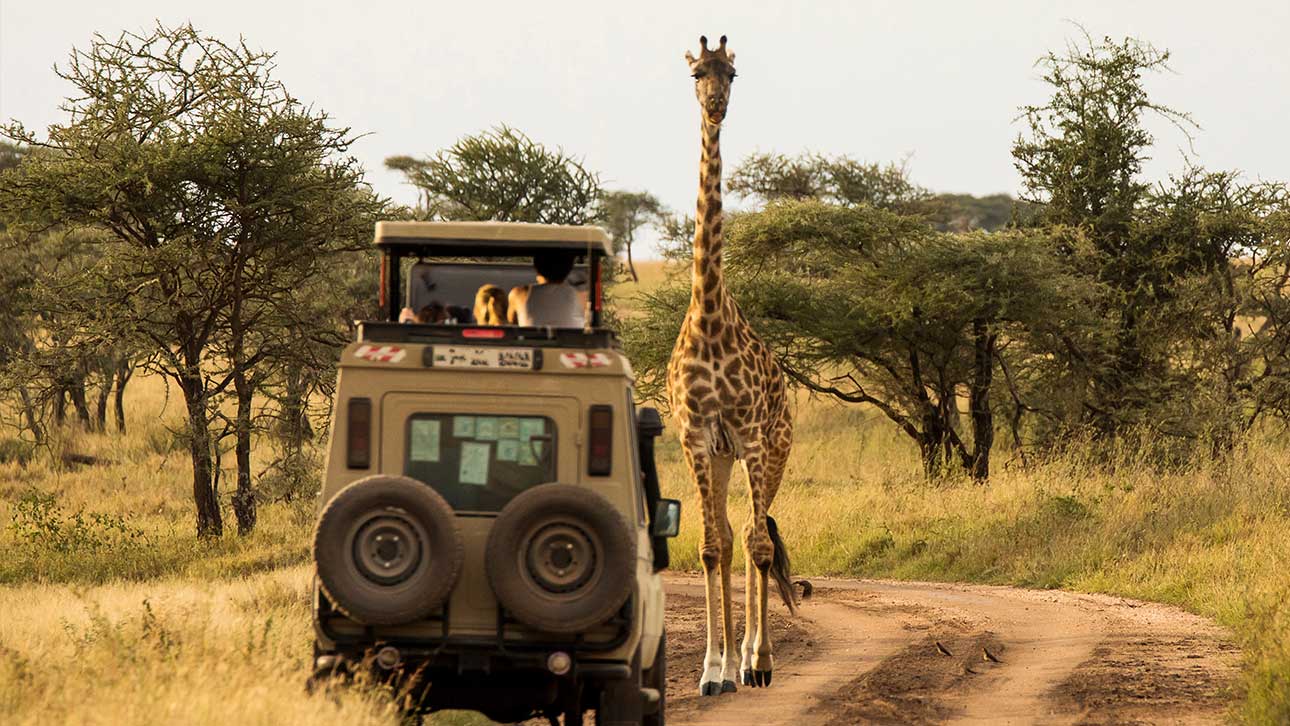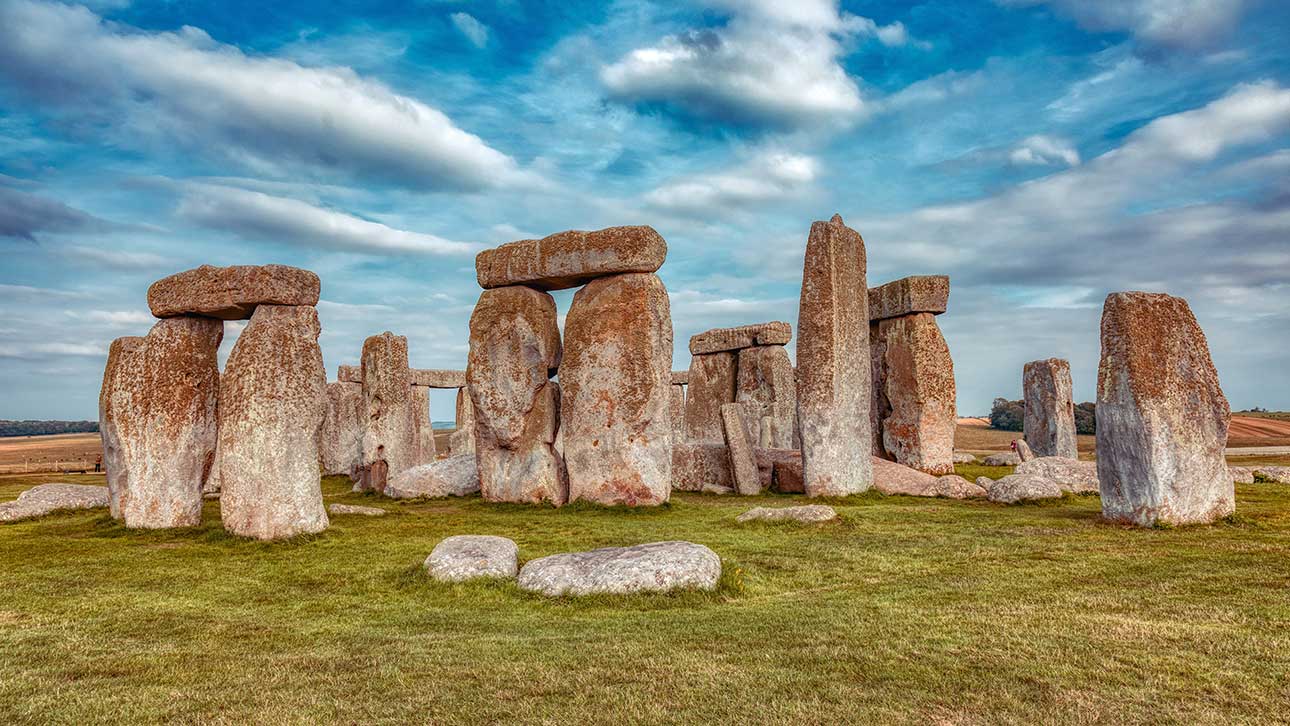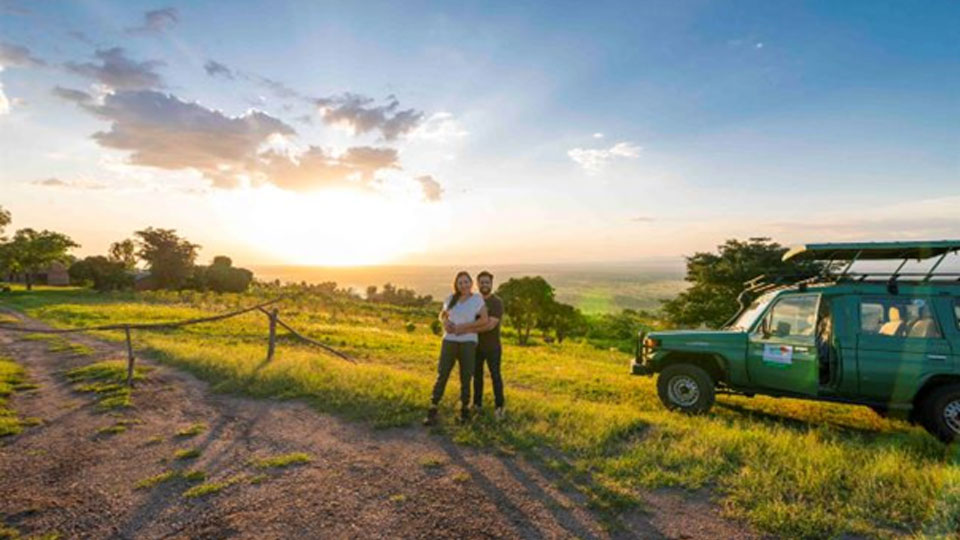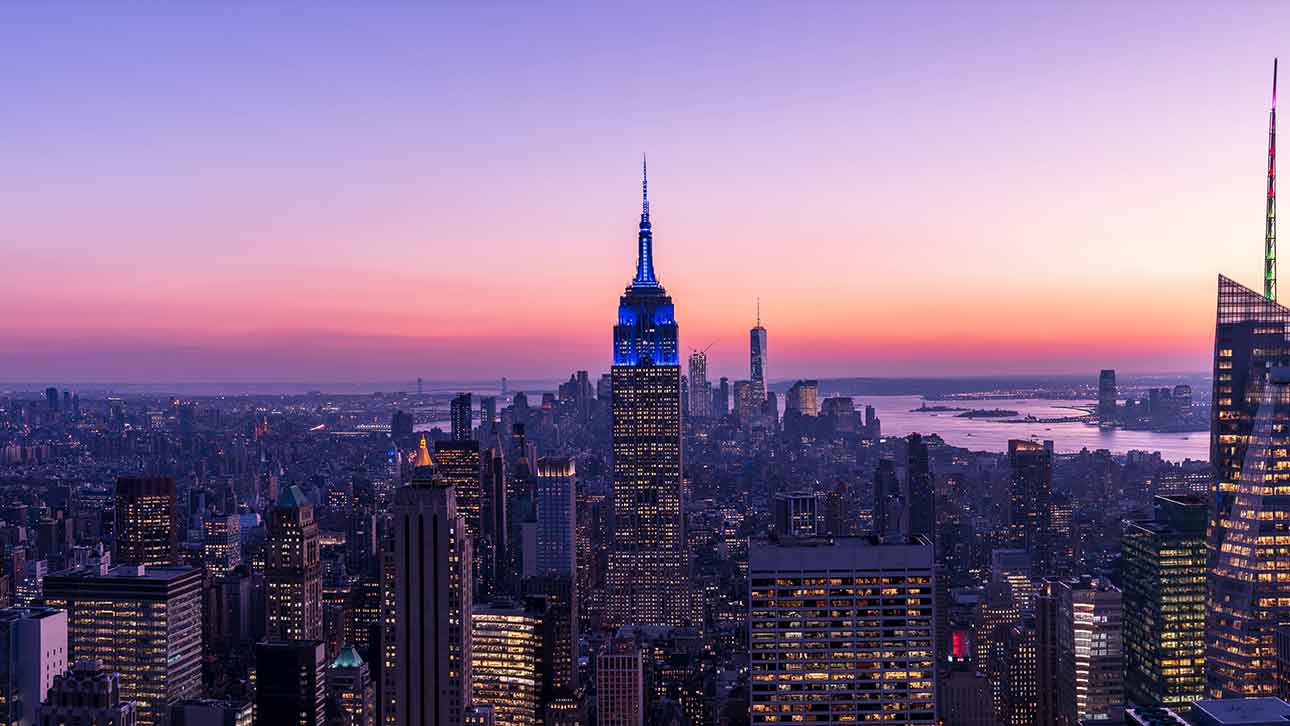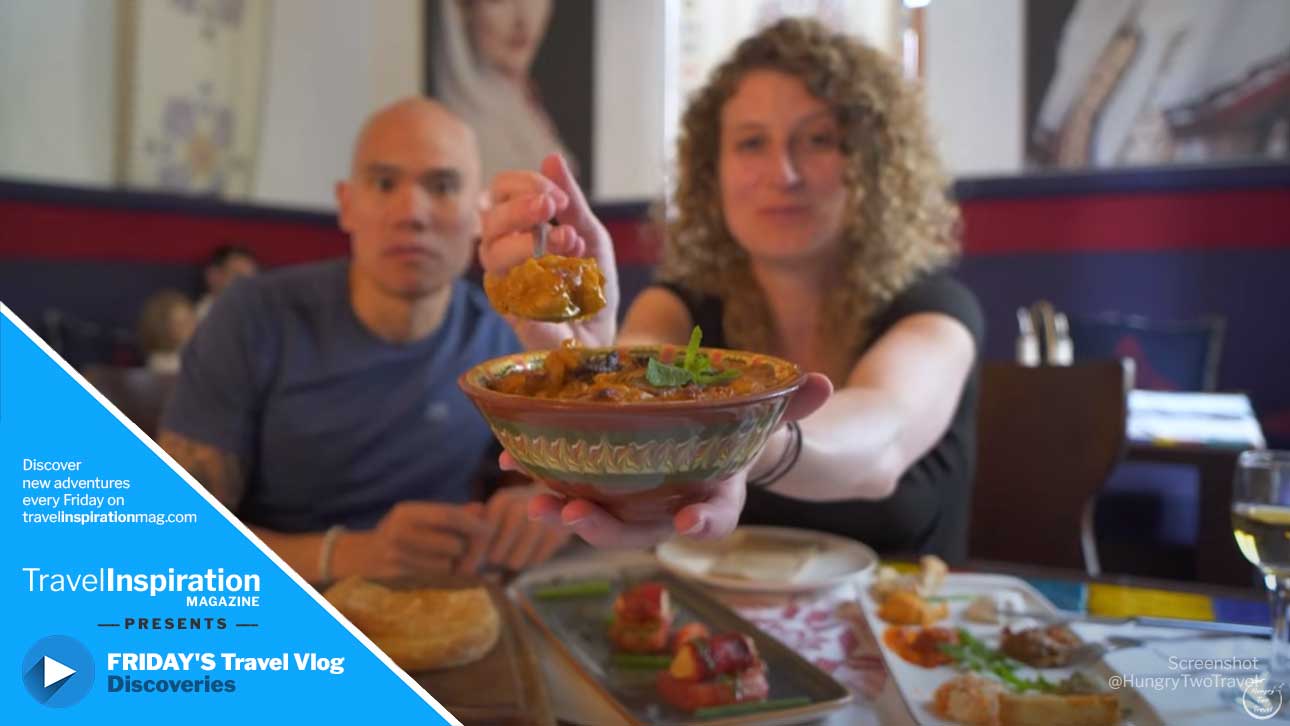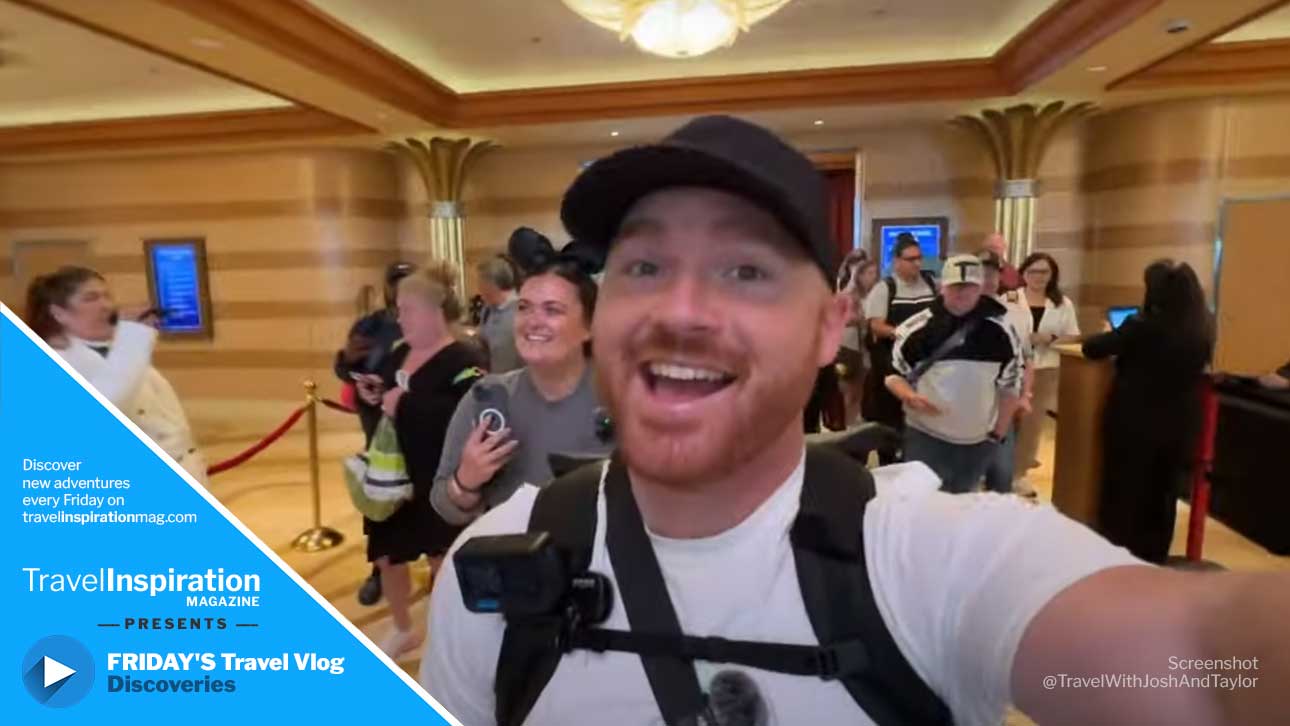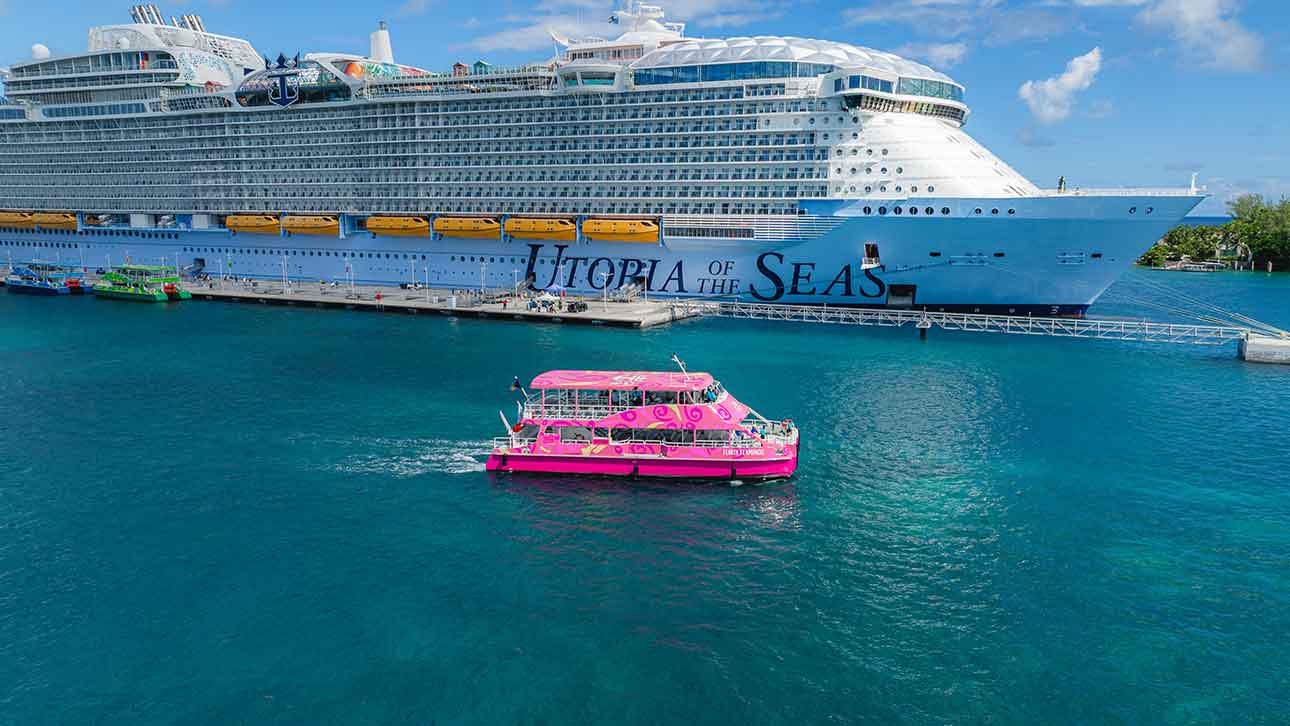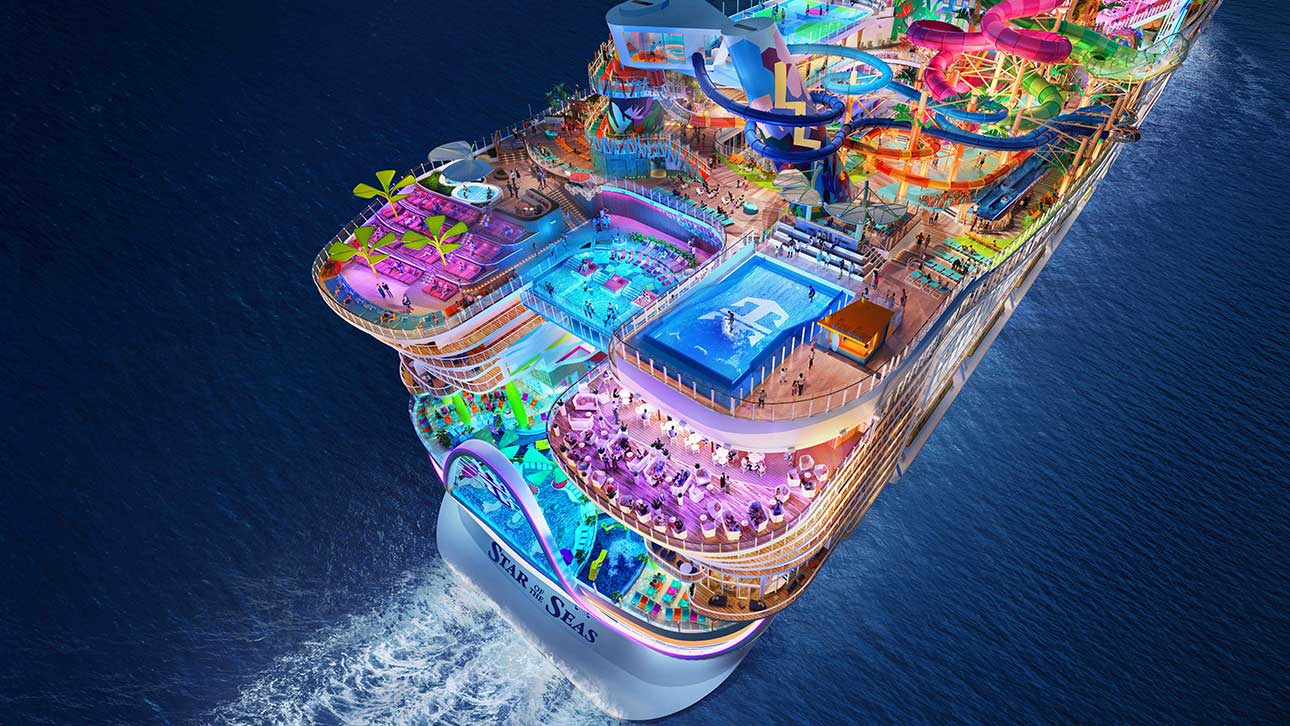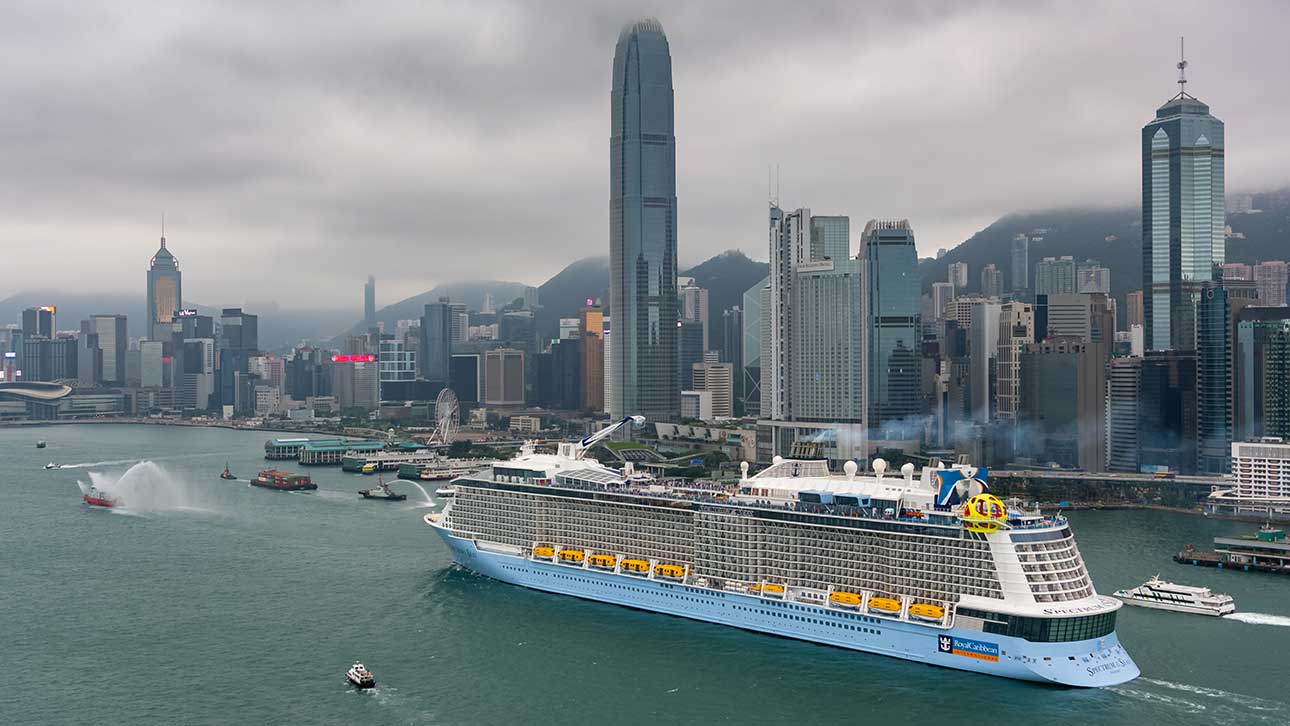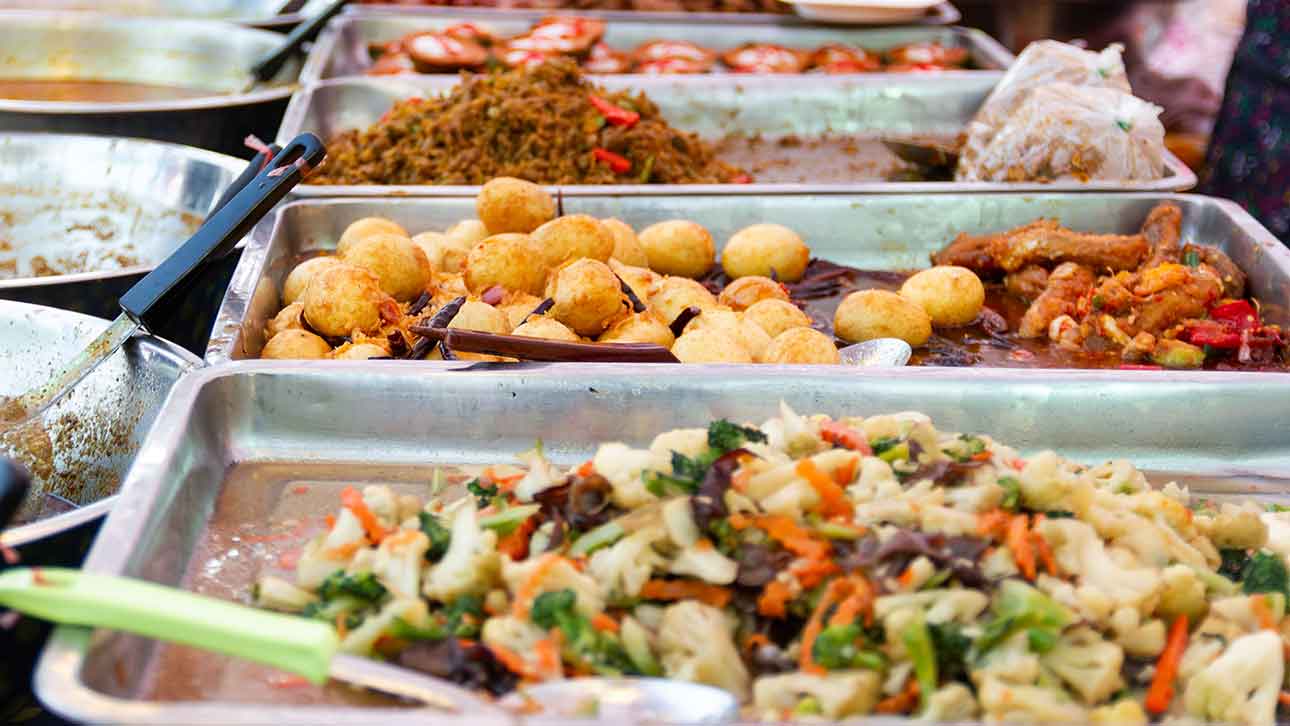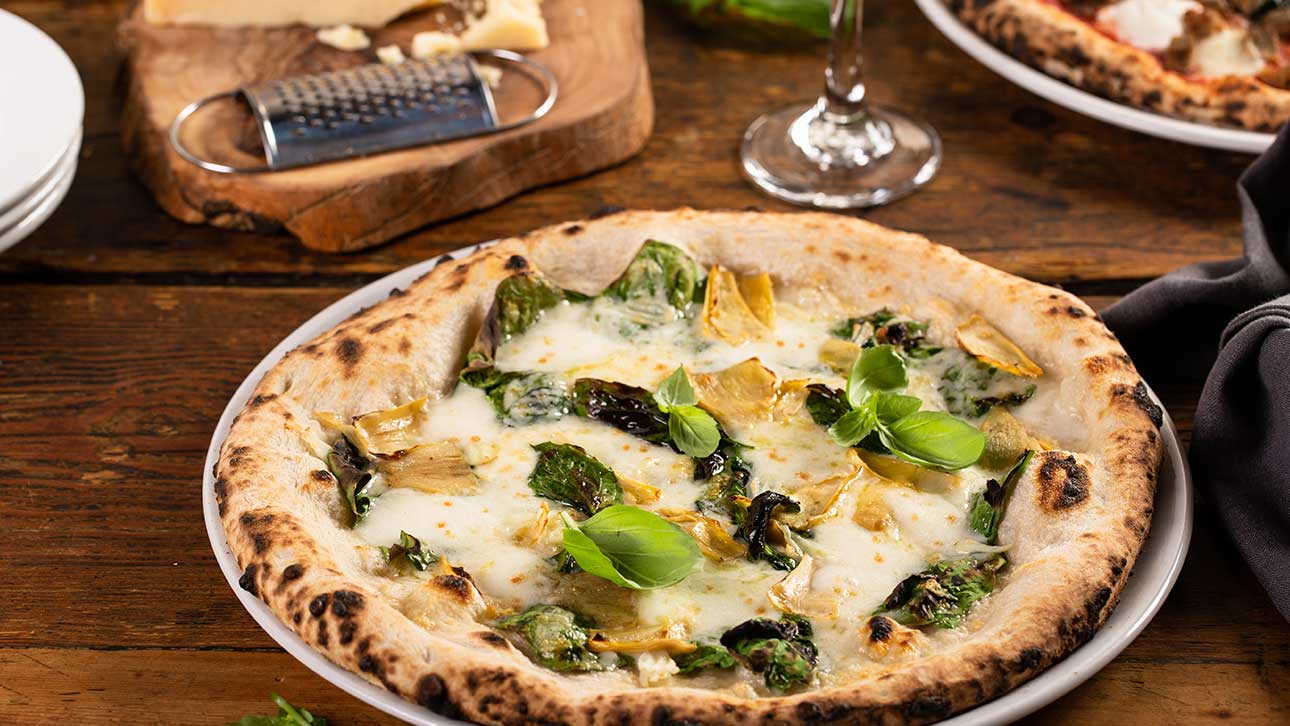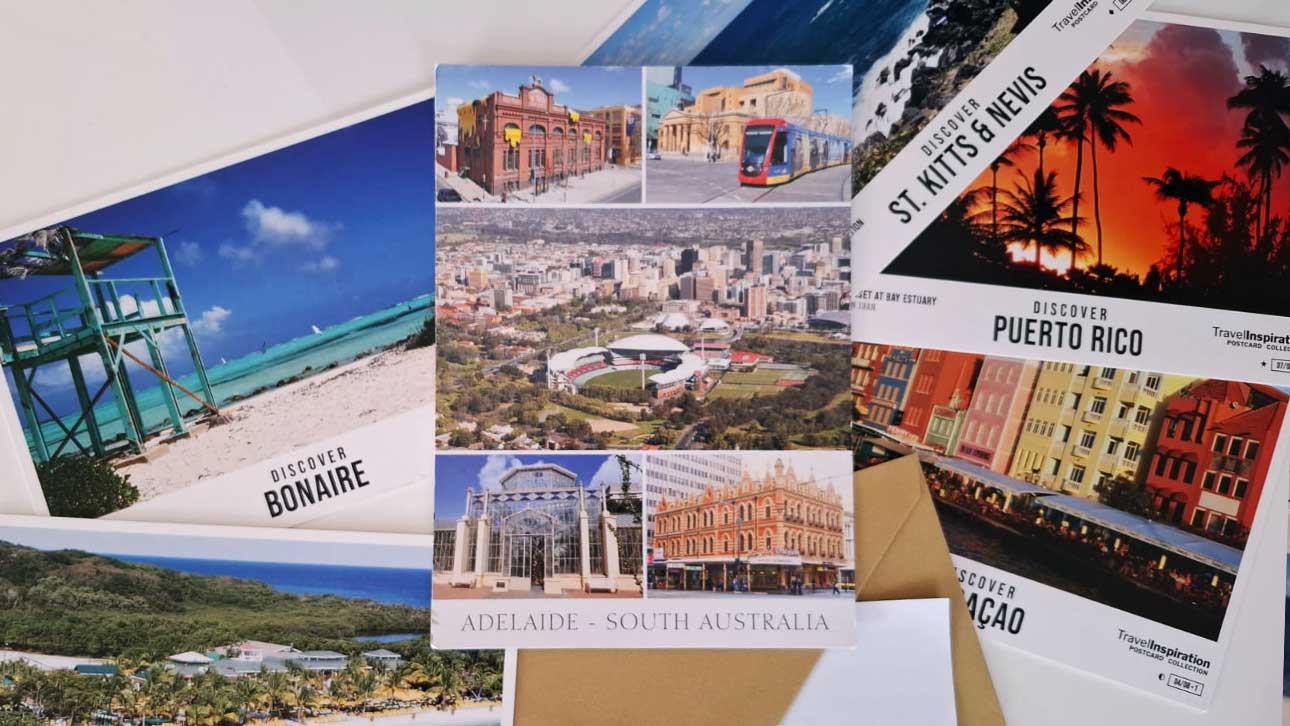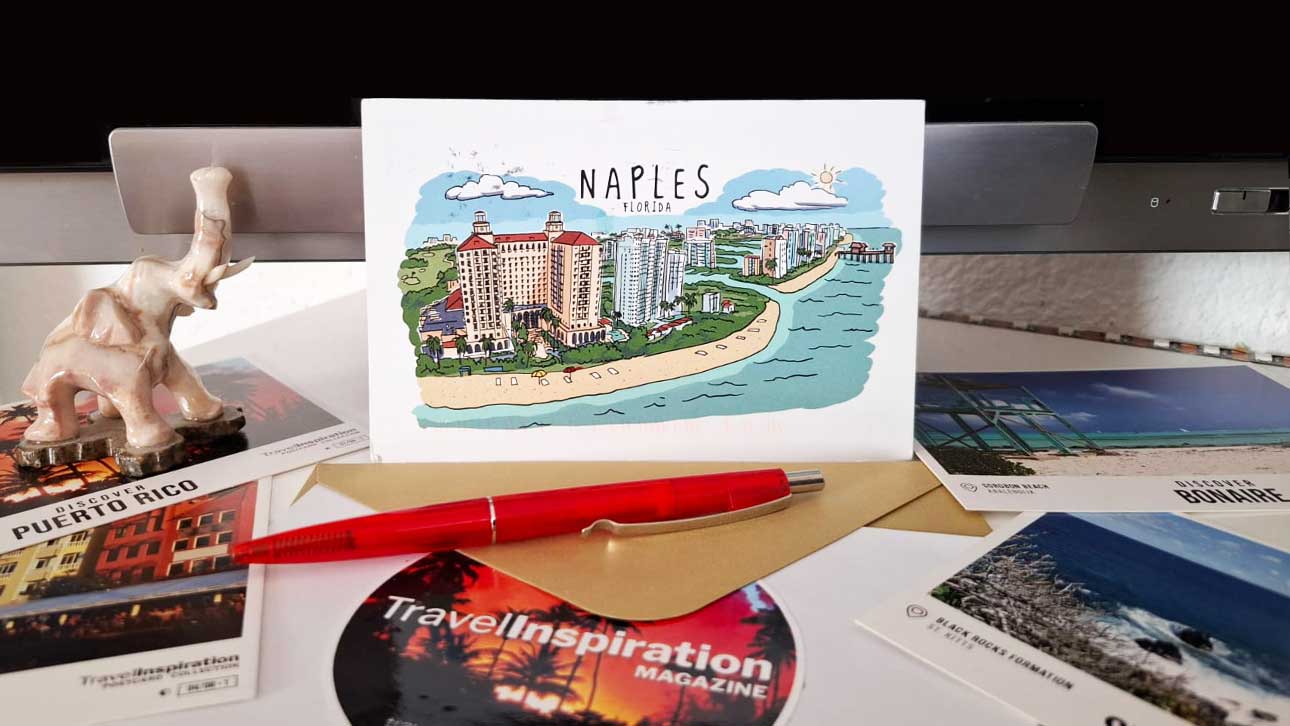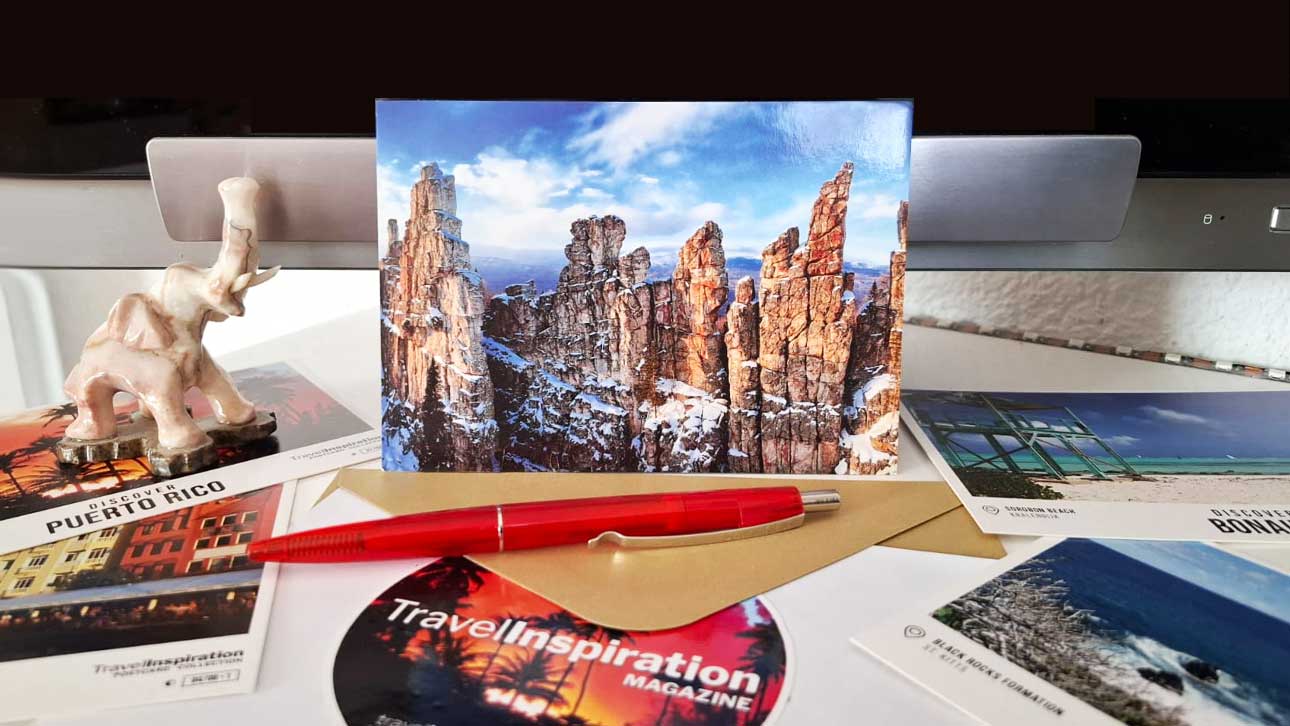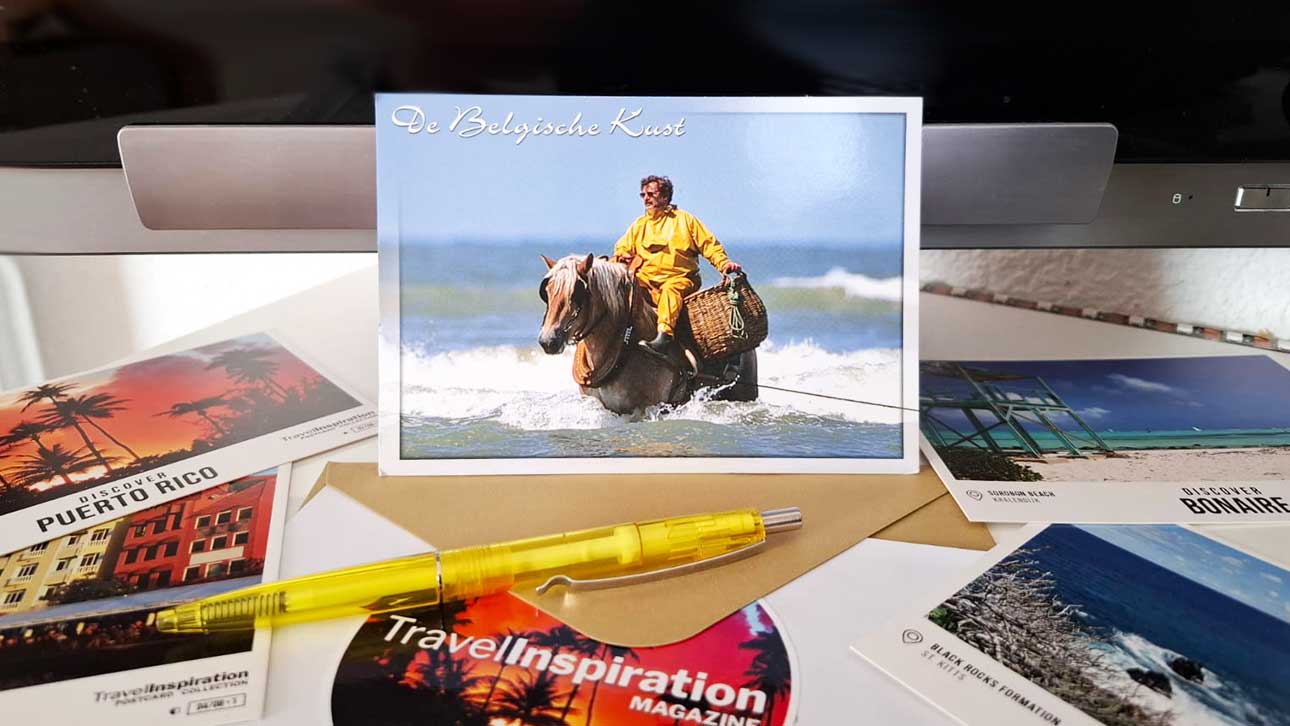
Imagine a place where the nearest neighbor is over 1,500 miles away and the ocean stretches out in all directions like an endless, empty highway.
Tristan da Cunha, often called the most remote inhabited island in the world, is this very place: a volcanic island sitting quietly in the vast Atlantic, closer to Antarctica than to any bustling city. Home to just around 250 people, this small yet resilient community has carved out a way of life that remains as unique as it is inspiring.
This is not a journey for those seeking convenience. There are no airports here, and the island is only accessible by a week-long boat ride from South Africa. But for those drawn by curiosity, the journey to Tristan da Cunha offers a rare glimpse into a life shaped by isolation, nature, and community. So, let’s step into the world of Tristan da Cunha, where time feels like it’s stopped, and each day carries the quiet rhythm of tradition and resilience.
An Island Like No Other
Tristan da Cunha was first discovered in 1506 by a Portuguese explorer who named it after himself. However, its extreme isolation meant that for centuries, the island remained untouched and uninhabited. It wasn’t until the early 19th century that a small group of settlers decided to make Tristan their home, finding the rugged terrain and unpredictable weather to be a worthy challenge.
Today, the island’s population consists of just a few families who share a common ancestry, creating a unique, tight-knit community. The people here live simply, relying on agriculture, fishing, and the occasional trade shipment for their needs. In a world that’s become increasingly digital and interconnected, Tristan da Cunha feels like a time capsule, preserving a slower, simpler way of life.
The Village of Edinburgh of the Seven Seas
The main (and only) settlement on Tristan da Cunha is called Edinburgh of the Seven Seas, named by a British duke during a visit in 1867. Surrounded by the rugged cliffs and dark volcanic rock of the island, the village is a small collection of colorful houses, a post office, a few shops, and a school. Here, everyone knows each other, and life revolves around community events, shared meals, and group celebrations.
Electricity is limited and largely powered by diesel generators, and there’s no mobile phone service. Internet access, though present, is limited and expensive, connecting the islanders to the outside world in brief but meaningful ways. For Tristan’s residents, living on the island is about self-sufficiency and community support, rather than the conveniences of modern life.
Island Life: A Balance with Nature
Life on Tristan da Cunha is deeply rooted in the natural landscape. The island’s terrain is rugged and volcanic, with steep cliffs dropping into the sea and lush vegetation covering the lower slopes. At the center of the island stands Queen Mary’s Peak, a dormant volcano that reaches over 6,700 feet. Its last eruption in 1961 forced the entire island’s population to evacuate temporarily to the UK, but the community returned to rebuild their homes and their way of life.
Agriculture plays a significant role here. Islanders grow potatoes in shared patches called "The Patches," where families work together to plant, tend, and harvest crops that will feed them throughout the year. Fishing is also essential; the waters around Tristan are rich with lobster, which has become the island’s primary export and a source of income. This careful balance between living off the land and conserving its resources shows the deep respect Tristan’s residents have for their island.
A Resilient Community
Isolation isn’t easy, and the people of Tristan da Cunha have faced their fair share of challenges. From volcanic eruptions to storms and supply shortages, life here can be unpredictable. Yet the community’s resilience is legendary. During difficult times, everyone bands together, supporting one another and finding solutions as a group. They take pride in their independence, as well as their ability to solve problems without outside interference.
The people of Tristan da Cunha often speak about “the Tristan way”—a mindset that values cooperation, patience, and resourcefulness. Decisions are made collectively, from managing food supplies to organizing community events, and everyone plays a role in maintaining the well-being of the island. It’s a reminder that sometimes, the most effective way to thrive is to rely on each other, rather than on technology or modern conveniences.
Exploring Tristan da Cunha’s Natural Wonders
For visitors who make the journey, Tristan da Cunha offers unparalleled natural beauty. Hiking trails wind through lush greenery, leading to panoramic views of the Atlantic and the rugged coastline. Wildlife is abundant, with seabirds like albatrosses and petrels nesting along the cliffs, while seals and penguins can be seen on the beaches. The surrounding waters are home to a rich marine ecosystem, with unique fish species and colorful coral reefs.
Queen Mary’s Peak is a challenging but rewarding climb for those who want to reach the highest point on the island. From the summit, you’ll be greeted by breathtaking views of the island’s entire landscape and the endless stretch of ocean beyond. Standing there, it’s easy to feel the isolation that has defined Tristan da Cunha for centuries, but also its beauty and the strength it inspires.
Why Visit Tristan da Cunha?
Traveling to Tristan da Cunha is more than just visiting a remote island; it’s an opportunity to witness a way of life that few in our modern world ever experience. It’s a place that challenges our assumptions about what we “need” to live happily. Here, the focus is not on things but on people, the land, and the traditions that have shaped generations.
In Tristan da Cunha, you won’t find luxury resorts or bustling streets. Instead, you’ll find a place that values simplicity and connection, a place where every sunrise is shared, and every hardship overcome as a community. For those who make the journey, the reward is a glimpse into a life shaped not by convenience but by the rhythms of nature and the strength of community.
Whether you’re drawn by the allure of the unknown or simply curious about how life unfolds at the end of the earth, Tristan da Cunha is a place that invites you to see the world differently. It’s a journey that few will take, but those who do will carry its stories and lessons with them forever.
Did you enjoy this article?
If you love discovering inspiring stories and unique places, download our free app "Travel Inspiration Magazine" from Google Play! No annoying ads. No distractions. Just pure reading pleasure.
📲 Install from Google Play![Български [BG] Български [BG]](/media/mod_languages/images/bg_bg.gif)
![English [EN] English [EN]](/media/mod_languages/images/en_gb.gif)

